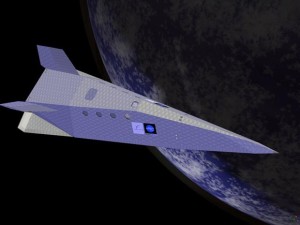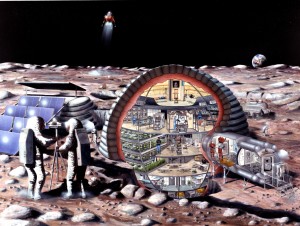Different Phases of Space TourismDifferent Phases of Space Tourism
Space tourism is generally space travel for leisure, business or recreational purposes. This means that any member of the public can buy a ticket to go to space. Many individuals find this particular idea futuristic, there has been a growing volume of professional work done on the subject, and this had proved that setting up a commercial space-tourism service is a realistic approach for businesses today. In the recent years, so many startup companies have been established hoping to build a sub-orbital tourism industry. However, the main obstacle is the conservatism of this industry as it is these days. Since the launch of Sputnik in 1957, a lot of space activities have been supported and funded by governments.
It will grow in popularity
Once this kind of tourism gets started, it will definitely develop progressively just like any other business. It can be a good idea to think of this industry as going through these phases. Starting with a small-scale and high-cost – pioneering stage – the scale of space tourism will expand, and prices will ultimately fall as the industry matures. Here are the various stages of this kind of tourism industry:
1. Pioneering Phase
Gordon Woodcock of Boeing suggested the phrase “space venture travel, which is a convenient phrase for describing the first phase of space tourism. Of course, customers/tourists will be few – just from hundreds to thousands of passengers per year – because prices will be quite high – starting from approx. $50,000 and over. The service will also be close to “adventure travel” compared to luxury hotel-style. Another thing that will be safe, but “Spartan” in this phase is orbital accommodation.
2. Mature Phase
This phase will be where the number of passengers will grow from just a few thousand to hundreds of thousands yearly. Flights will be made from several different airports and tickets to orbit will be less expensive. In this phase, orbital facilities, such as pre-fabricated modules to relative structures build in orbit to accommodate many tourists, permitting many orbital entertainments.
3. Mass Phase
 This is actually the final phase of this kind of tourism. In this stage, ticket prices will be affordable, and the number of customers will rise to thousands of tourists/passengers per year. Clearly it is important to know that in the space industry, even one passenger per year is same as having 8 hours of aviation. This is a clear indication that space travel will continue growing.
This is actually the final phase of this kind of tourism. In this stage, ticket prices will be affordable, and the number of customers will rise to thousands of tourists/passengers per year. Clearly it is important to know that in the space industry, even one passenger per year is same as having 8 hours of aviation. This is a clear indication that space travel will continue growing.
Certainly, there is no limit to the specific/possible destinations in space tourism industry. This particular tourism has actually come to age, and it is going to start in the near future and grow rapidly.…
